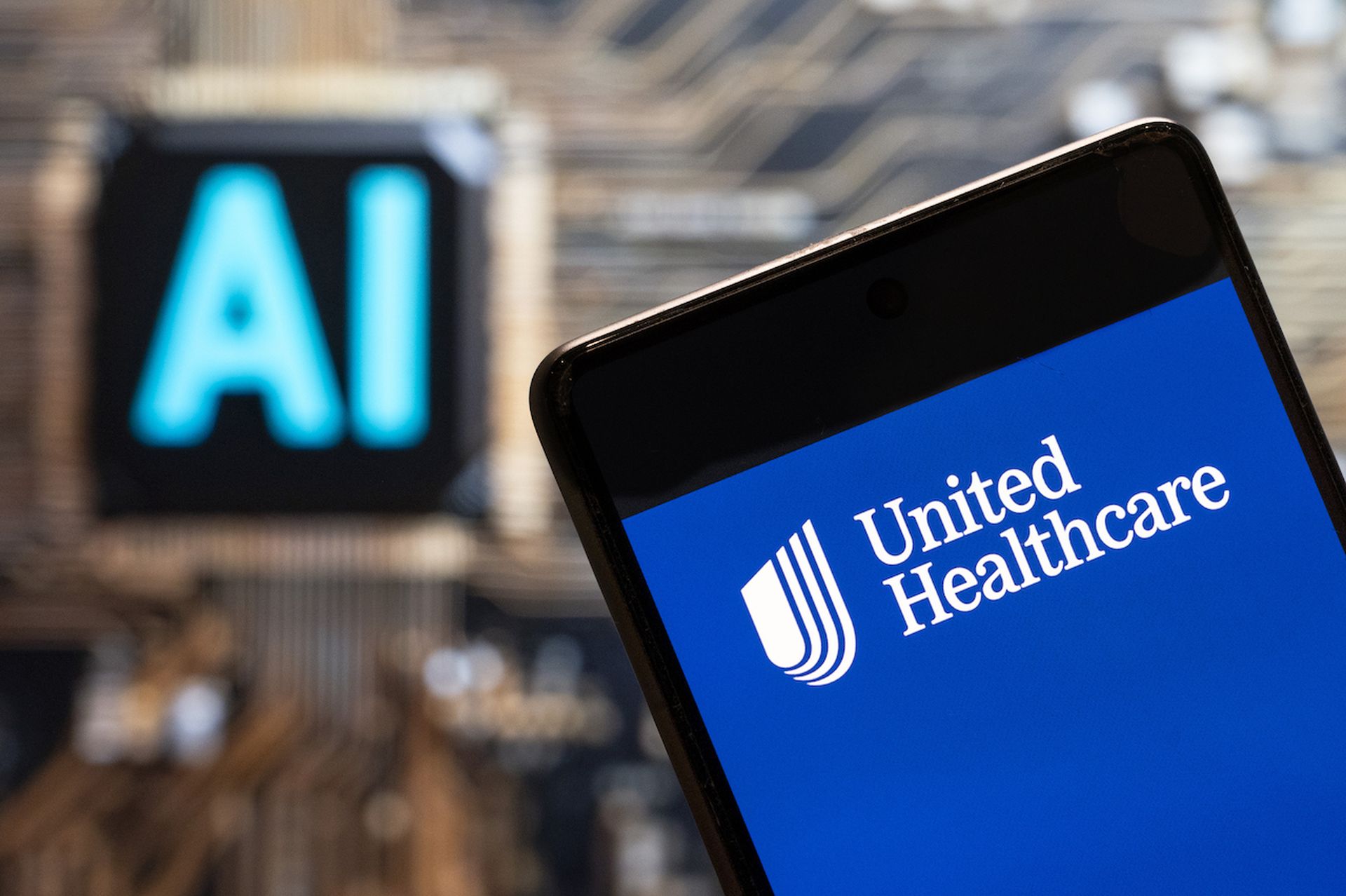In the wake of the Change Healthcare ransomware attack, the healthcare industry finds itself at a crossroads akin to a "Colonial Pipeline” moment —a profound juncture that starkly highlights the vulnerability of interconnected systems and the profound impact cyber threats can have.
Just as the Colonial Pipeline incident manifested in long lines at gas stations, vividly bringing the abstract concept of cyber threats into the public's real-life experience, so too does an attack on healthcare infrastructure materialize in the tangible anxiety of disrupted care and services at pharmacies.
The attack's effects extend well beyond the immediate fiscal and operational disarray; they permeate patient care, compromise data integrity, and erode public confidence. It’s a forceful reminder of how a single vulnerability can set off a cascade of adverse outcomes throughout healthcare. The incident serves as a cautionary tale and as an urgent wake-up call—especially to organizations operating across multifaceted digital platforms and carrying the complexities of acquisitions, such as National Decision Support, PDX, Nucleus.io, PROMETHEUS Analytics, and eRx Network.
From the Change Healthcare ordeal, several important lessons emerge. Preparedness and proactive defense strategies reign supreme. Regular tabletop exercises that simulate ransomware attacks are no mere drills; they are critical rehearsals for a potential cybersecurity crisis, ensuring that each team member becomes well-versed in their responsibilities and can act swiftly and decisively when faced with the real thing.
Furthermore, partnerships with leading incident response (IR) and ransom negotiation experts are invaluable, offering a lifeline of specialized knowledge and assistance during the most critical moments of an attack. When Change Healthcare, with a free cash flow of $586 million in 2022, reportedly opted to pay the $22 million ransom, they highlighted an option not all companies can afford. For some, such an payment could spell irreversible damage, underscoring the need for a robust preemptive strategy that accounts for the organization's financial resilience.
Legal foresight now becomes equally critical. It’s imperative to establish privileged communication with legal counsel from the outset to protect an organization's interests and navigate the reputational minefields that come with negotiating with threat actors. Alongside this, maintaining transparency with stakeholders and adhering to regulatory requirements helps to preserve trust and demonstrate an unyielding commitment to safeguarding sensitive information.
As we move forward, it’s essential that governance remains dynamic, incorporating the lessons learned from incidents to continuously bolster cybersecurity defenses. This approach aids in recovery and resilience and also benefits the broader healthcare sector by contributing to a shared understanding and preparedness for future threats.
In strengthening our dynamic approach to governance, it's crucial to incorporate the wisdom gained from past incidents, and also to ensure alignment with updated regulatory and control frameworks. Among these, the HIPAA HITRUST CSF stands out, offering an adaptive set of controls that include selectable compliance factors tailored to various organizational needs—ranging from VA Directive 6500 to the FTC Red Flags Rule. These frameworks serve as critical guides, setting the baseline for what constitutes robust data protection and risk management practices.
Moving forward, it's imperative to recognize that while these frameworks offer significant guidance, they are not infallible. Cybersecurity evolves rapidly, where adversaries continually adapt and seek new vulnerabilities to exploit. This landscape demands compliance with existing standards, and a proactive and adversarial approach to security.
Regular testing of defenses through red team exercises becomes an invaluable part of governance, simulating the tactics and persistence of real-world attackers. These exercises stress-test the organization's defenses, offering a measure of current security posture, and also highlighting potential areas for improvement. Here’s where we have to prioritize our findings. It's not enough to uncover vulnerabilities; organizations must also swiftly address them based on the level of risk they pose. This requires a rigorous and methodical approach to evaluate the severity of each finding and allocate resources where they are most needed.
In essence, effective governance must balance adherence to established regulatory standards with a proactive and iterative approach to security. By doing so, healthcare organizations can meet the compliance requirements of today, and also anticipate and prepare for the threats of tomorrow. It's this dual focus on compliance and proactive defense that will fortify our healthcare systems against the evolving cyber threatscape and ensure the safety and trust of the patients and communities they serve.
The Change Healthcare attack presents indeed a grim view of the potential cracks in our healthcare system's armor. However, it’s also an invaluable opportunity for introspection and evolution. Sharing experiences, challenges, and strategic innovations can help us collectively fortify our defenses, ensuring that the healthcare sector becomes better equipped to face the evolving landscape of cyber threats.
Such an industrywide effort in cybersecurity resilience safeguards our present, and also secures the foundation for a more robust and prepared future. Think of it as the mandate of our time: a call to action that demands a unified, informed, and vigilant response to cyber threats.
Brian Neuhaus, Americas CTO, Vectra AI




